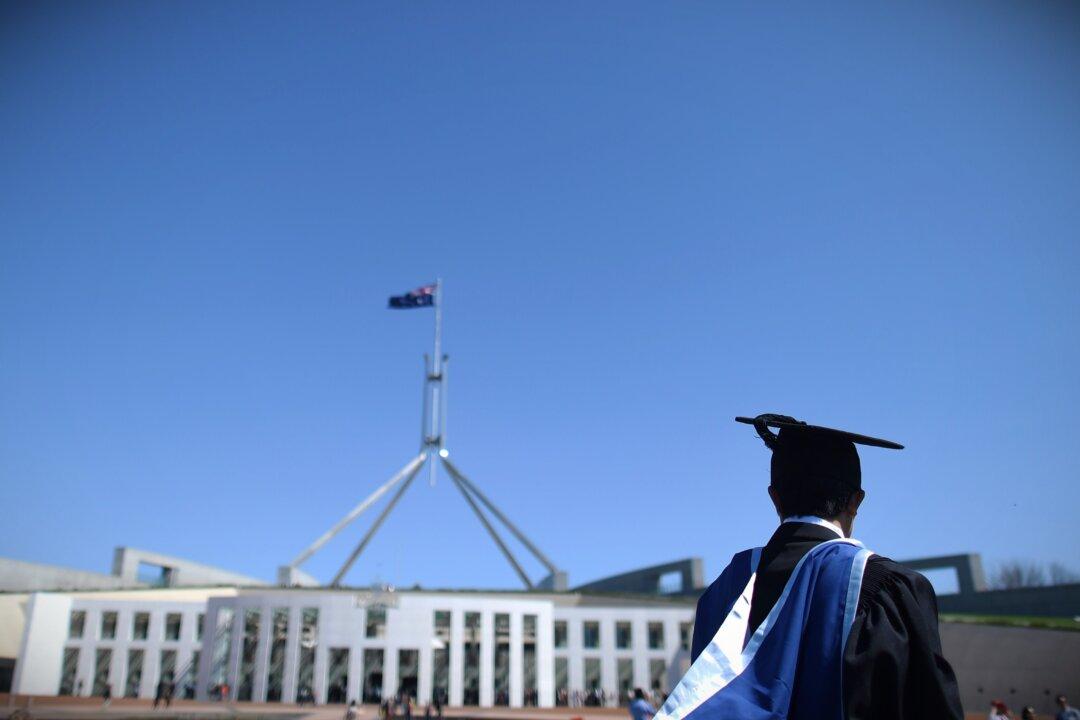Commentary
Handout culture is rampant in society today. People are seen as victims, and government handouts have become the natural response to any form of misfortune—great, small, or imagined.

Handout culture is rampant in society today. People are seen as victims, and government handouts have become the natural response to any form of misfortune—great, small, or imagined.